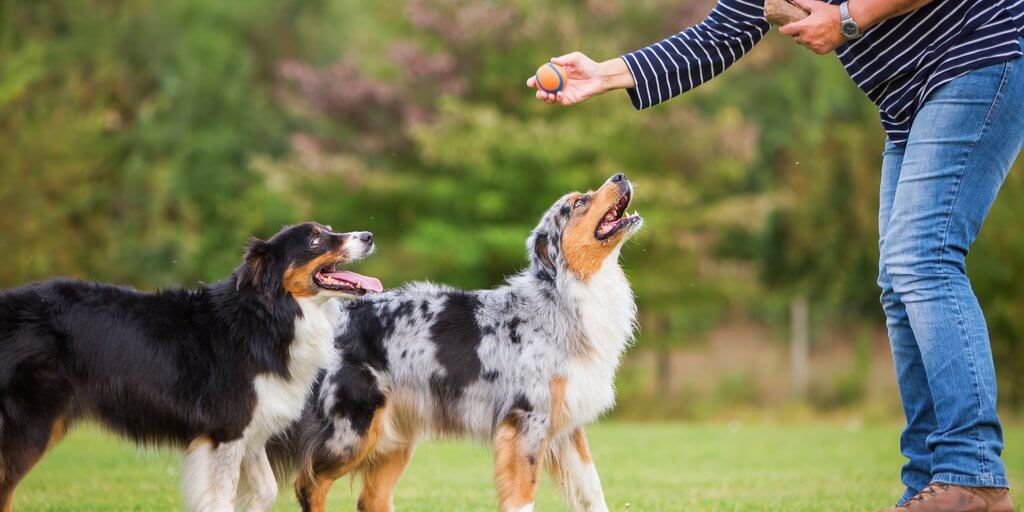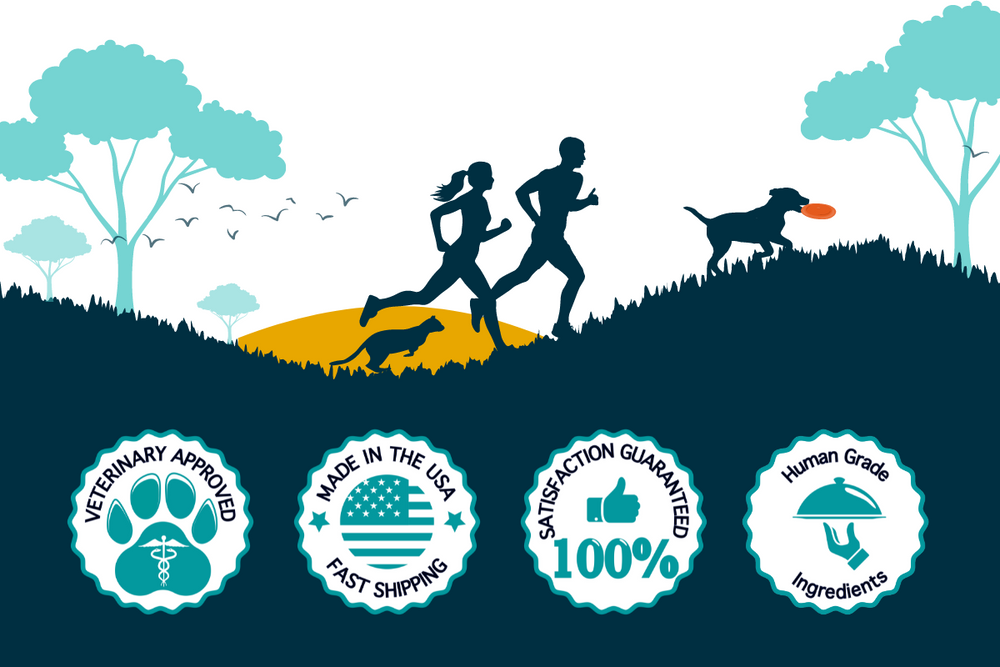Tips for Teaching Side-Stepping
Teaching your dog to side-step has multiple benefits and applications.
Side-stepping activates abductor and adductor muscles. I include side-stepping in my dogs’ dynamic warm-up routine and their individual fitness/conditioning programs. Ideally, the dog executes a lateral reaching motion, simultaneous, with both limbs on a given side. the back stays straight and the head stays neutral in height.
While teaching the behavior, we may manipulate the head position laterally, but won’t lower it below the withers. I use a yoga mat as a target for my dog’s feet and start them very close to the mat so that just one step will result in touching it.
Next, I use a combination of luring and space pressure to elicit a side step. Watch closely for any lateral reaching motion and mark and reward. It sometimes helps for the handler to stand even with the dog’s shoulder, facing the direction in which you want them to side-step, with a food lure in the hand closest to the head.
It can be easier to illicit front limb side stepping and more challenging to get back limbs in motion. To encourage movement of the rear limb, I often use the Nose-Butt rule: direction of the nose has an inverse relationship to direction of the butt.
I can use my lure to turn my dog’s nose to the right and he will often take a step with his left back foot. Once a dog can execute one side-step onto the yoga mat, we can extend the behavior to side stepping across the mat and off on the other side. Then we can reverse directions and work on going the other way.
Eventually, we can add another mat, so the dog travels from mat to mat by side-stepping. As with any fitness behavior, slower is better.
Tips for Teaching Rear Leg Lifts
Individual limb lifts help increase body awareness and balance. Most handlers have no problem teaching front paw lifts, but the back ones can be a challenge!
I start by getting the dog to stand next to a wall or similar barrier, so their motion is somewhat limited. My treat hand stays on their nose, encouraging them to stay in a stand position with the head above the withers.
Then I use my other hand to touch the rear foot closest to me. Most dogs respond by moving the foot away from the touch and I mark and reward any movement. Some dogs require more touching/pressure than others, depending on their sensitivity.
Ideally, the rest of the feet stay still while one limb lifts, but a little movement in the training stage is fine. As the dog catches on, he or she will start lifting the foot in anticipation of my touch. At this point, I could start adding a verbal cue to the behavior. I can also use my touch to encourage longer duration of the lift.
1-TDC Oral Health + Mobility Support for Dogs

$32.00
Keep your pet Happy, Active & Comfortable from Head-to-Tail with 1-TDC. This unique supplement is SO effective that it is recommended by TOP Veterinary Experts worldwide to maintain and improve your pet’s health in 4 important areas: Oral Health….… read more









